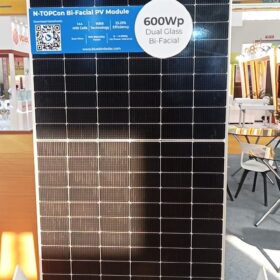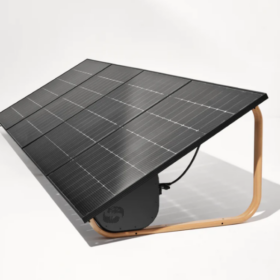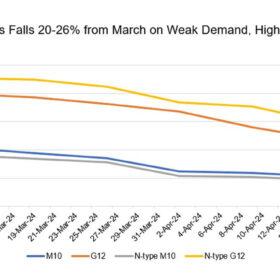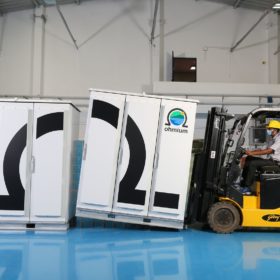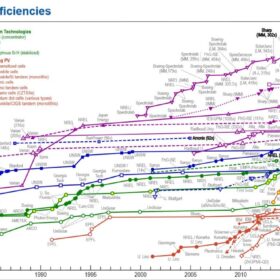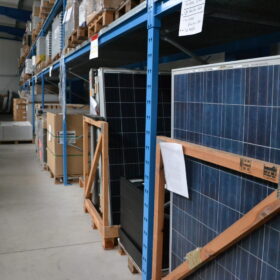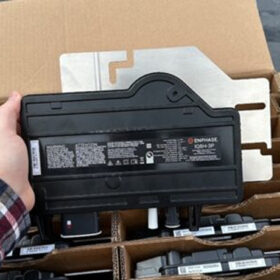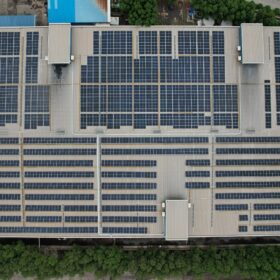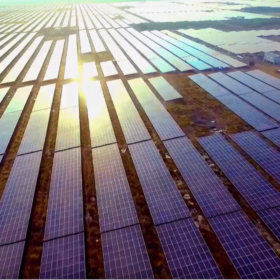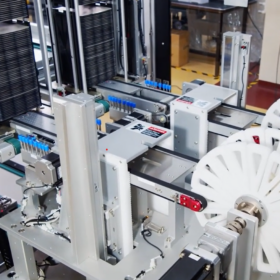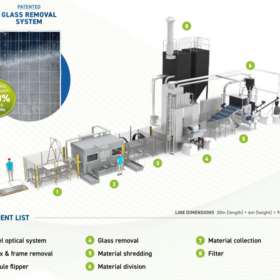Bluebird Solar launches n-type TOPCon dual-glass PV module
Bluebird Solar, an ALMM listed PV module manufacturer in India, recently unveiled its 600 Wp TOPCon dual-glass bifacial PV panels with a power conversion efficiency of 23.25%.
DualSun launches foldable plug-and-play solar kits
France’s DualSun has developed foldable plug-and-play solar kits with a power range of 420 W to 1.68 kW.
Chinese wafer prices stable-to-soft amid high inventories
In a new weekly update for pv magazine, OPIS, a Dow Jones company, offers bite-sized analysis on solar PV module supply and price trends.
The Hydrogen Stream: Ohmium, Tata Projects partner for green hydrogen projects in India
Ohmium International (Ohmium), a green hydrogen company that designs, manufactures and deploys advanced proton exchange membrane (PEM) electrolyzers, has partnered with Tata Projects, an EPC company, to execute green hydrogen projects in India.
NREL updates interactive chart of solar cell efficiency
The US National Renewable Energy Laboratory (NREL) has updated its research cell efficiency chart for a range of PV technologies.
Low solar module prices affecting secondhand market
Stefan Wippich, the CEO and co-founder of Germany’s SecondSol platform, recently spoke with pv magazine about the development of the used PV module market. Wippich noted national differences and argued that it will be important to set rules for the trading of secondhand products.
GameChange Solar, JZNEE to build 3 GW tracker factory in Saudi Arabia
GameChange Solar, a US-based tracker supplier, has announced the construction of a 3 GW tracker factory in Saudi Arabia, with plans for potential expansion to 5 GW in the future.
Enphase Energy, Octopus Energy announce UK partnership
Enphase Energy says that Octopus Energy’s retail customers will be able to integrate solar and battery systems into their energy plans in the UK market, with the introduction of Enphase IQ8 microinverters and the IQ battery 5P platform.
Grew Energy secures 200 MW in SECI’s 400 MW solar PV module auction
Grew is amongst three MNRE approved manufacturers to win the mandate to manufacture, test, package, forward, supply and transport solar PV modules.
India installed 7.1 GW of renewable energy capacity in March
India set new record for monthly renewable energy installation by adding 7.1 GW of renewable energy capacity in March 2024. This monthly RE addition comprised more than 6.2 GW from solar.
